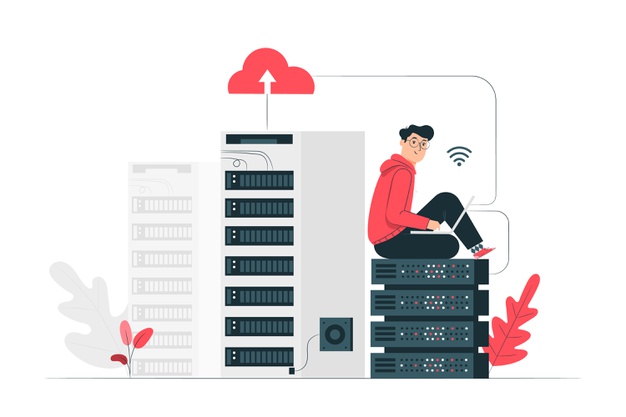Difference between Business Continuity vs. Disaster Recovery

When it comes to protecting your data through IT consulting firms, it’s crucial to understand the difference between them. The key differences arise from both application and usage after a disaster strikes.
The terms Business Continuity and Disaster Recovery are not replaceable as many of them think. They are two different strategies that play a significant role in protecting your business operations.
Business continuity
Business continuity will figure out how your business will proceed through a disaster. It provides emergency plans, figures out how a business will continue to operate even if it moves to an alternate location.
Disaster Recovery
Disaster recovery will refer to the plan that a business puts into place. And that responds to a tragedy such as natural disaster, fire, cybercrime, or an act of terror. It involves the measurement of businesses that take to respond to an event to return safe and normal.
Differences between disaster recovery and business continuity
Let’s have a closer look at business continuity vs. disaster recovery that will reveal some of the key distinctions. These differences will highlight that businesses need to have specific plans of both kinds to be ready for disaster.
Business continuity always focuses on keeping business running during a disaster. In comparison, disaster recovery focuses on restoring data access. In other words, the former is a concern to keep the shop open in unfavorable circumstances. While, the latter focuses on keeping it as normal as possible.
The disaster recovery strategies will create more employee safety measures contrary to BC. It includes conducting fire drills or buying emergency supplies. IT consulting services will combine these two that will allow a business to take place. IT will also maintain operations that ensure employees are safe.
Disaster recovery and business continuity both have different goals. With effective business plans, you can restrict operational downtime. An effective disaster recovery plan restricts inefficient system functions. By combining these two plans, your business can prepare for any disastrous events.
A BC plan ensures that communication such as phones and network servers will continue to operate in the middle of a crisis. Meanwhile, DR service will make sure an organization’s ability to return to functionality after a disaster. Put business continuity focuses on keeping the business open in some capacity. While disaster recovery focuses on getting the operations back to normal.
Many of the businesses will use disaster recovery strategies as a part of their business continuity plans. It is one of the steps in a broader process that protects your company against all contingencies.
Read More Here for More Technological Blog
Where BC and DR overlap; where they don’t
Disaster recovery is a sub-part of a business continuity plan. And there are times when it can be used without activating your entire plan.
For example, if you came across a power outage and you have a reliable disaster plan in place. You can switch over to your secondary site with the help of disaster recovery services providers. You can be there with no or little disruption to your users, be it external or internal. In these types of cases, you don’t need to invoke your business continuity plan.
Business continuity can also act as a disaster recovery if the event hasn’t affected your IT infrastructure. For example, if your business is facing a public relations issue, you need to get out by communicating with them. But, there is nothing wrong with your infrastructure, so you can only execute your BC plan.
Your BC and DR plans can overlap. For example, if a huge fire takes place out of your data center, you need to enact your BC plan to communicate. You need to provide updates to your employees, vendors, and customers. And with those who get affected. You also should invoke your DR plan to resolve your affected infrastructure or failover to your secondary site.
Make a plan for before, during, and after an event.
BC is not about being ready for any event; it is about having a plan in place before, during, and after a disruption.
Let us assume that your business becomes a cyberattack target, and you need to execute your DR plan to recover all your data. Your DR might have been successful, but your BC must account for the aftermath, which is even more important. The aftermath will revolve around communication.
The news will leak that your organization was hit with a cyberattack. Now, how will you respond, and who will deliver the message? How will you regain your customer confidence? Your DR might end when you fail over following a disaster, but BX stays the entire spectrum of an event.
Bottom Line:
Balancing out two strategies is a matter of priorities. If the transactions are online, your concern should be data protection. You need to know how long you can wait to get back to the operation. Also, measure that delay against the cost of execution and planning. You have IT consulting firms experts with you that know how to do that. They can address all your issues in a cost-effective and compliant manner.





